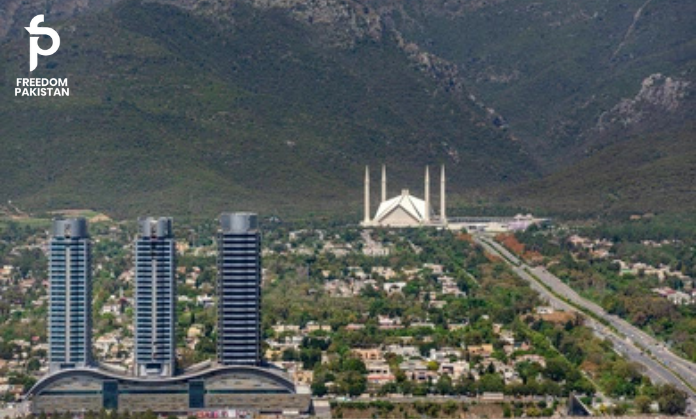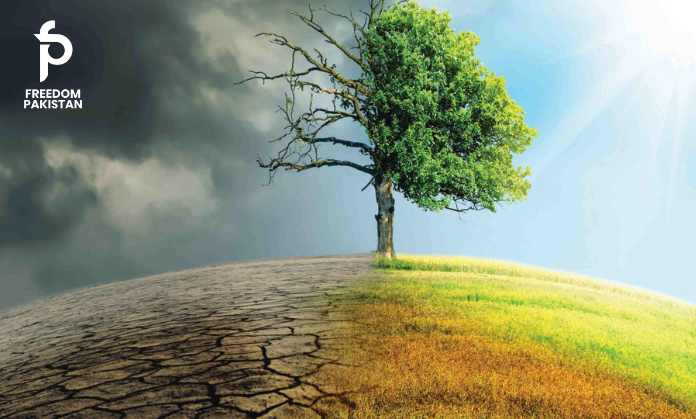Karachi Ranks Among the Least Liveable Cities in the World
Karachi, Pakistan’s largest city and economic hub, has once again ranked among the least liveable cities globally in a recent survey. This stark revelation highlights the struggles that residents face daily, from poor infrastructure and security concerns to environmental hazards. As this city grapples with these challenges, its ability to attract investments, improve its urban landscape, and provide a better quality of life for its citizens remains under pressure. Here’s an in-depth look at why the city struggles with liveability, its ranking in global surveys, and what can be done to turn things around.
Understanding the Global Liveability Survey
The Global Liveability Index ranks cities based on various factors including stability, healthcare, culture, environment, education, and infrastructure. In the latest survey, Karachi found itself at the bottom of the list, making it one of the least liveable cities in the world. The city’s poor performance is primarily attributed to its ongoing struggles with infrastructure, security, pollution, and public services.
City’s dismal score on this index underscores the city’s inability to address fundamental urban issues, despite its status as Pakistan’s commercial heart. While other global cities continue to improve in terms of quality of life, It faces a significant gap in terms of development and citizen well-being.
Key Reasons Behind Karachi’s Low Liveability Ranking
-
Political and Social Instability
Karachi has long been plagued by political instability and social unrest, contributing to its low liveability score. Frequent political clashes, governance challenges, and sectarian violence have made the city volatile. These issues directly affect residents’ safety, disrupt day-to-day life, and limit long-term development prospects.
-
Crime and Safety Concerns
Despite efforts to reduce crime, Karachi still suffers from high crime rates, including robberies, kidnappings, and gang violence. This constant threat to personal safety not only affects the overall quality of life but also hampers economic growth, as businesses and investors are reluctant to operate in unstable environments.
-
Traffic Congestion and Poor Infrastructure
Karachi’s transportation infrastructure is underdeveloped and overburdened. The city faces severe traffic congestion due to a lack of public transportation options, poor road conditions, and an ever-growing population. Long commute times, inadequate urban planning, and a lack of reliable public transit systems make daily life exhausting for city’s residents.
-
Environmental Issues
Karachi’s environmental challenges include severe air pollution, water scarcity, and inadequate waste management. The city’s air quality regularly exceeds safe levels, contributing to respiratory diseases and other health problems. The waste management system is insufficient to handle the city’s population, leading to streets filled with garbage and polluted waterways. Furthermore, water scarcity is a growing concern, with many areas facing acute shortages.
-
Health and Education Deficiencies
Karachi struggles with an overstretched healthcare system. The city’s hospitals and clinics are often under-resourced, with long wait times and limited access to quality care, especially for lower-income communities. Additionally, education remains a challenge, with many schools lacking basic facilities, qualified teachers, and adequate resources.
The Economic Consequences of Karachi’s Liveability Crisis
Karachi’s status as one of the world’s least liveable cities directly impacts its economic performance. The city is the economic backbone of Pakistan, contributing significantly to the country’s GDP. However, the poor liveability conditions make it difficult for the city to attract foreign investment and retain skilled professionals. Businesses face increased operational costs due to security concerns, inefficient infrastructure, and limited access to reliable services. Moreover, the cost of living in it has risen, but the economic benefits of living in the city have not kept pace with the challenges.
State Bank of Pakistan Forecasts Rs. 2.4 Trillion Profit for FY25
You Can Also Read This
Voices from Karachi: Real Stories of Struggle
Many Karachi residents are speaking out about the difficulties they face due to the city’s low liveability. “The traffic jams are unbearable, and the pollution is so bad that I have to wear a mask whenever I step outside,” says Sana, it’s resident. Another resident, Amir, shared his frustrations with the healthcare system: “It’s impossible to get timely medical care here. The hospitals are overcrowded, and the services are just not up to the mark.”
These personal stories shed light on how the city’s issues directly affect people’s lives, making it clear that the challenges are not just theoretical but deeply felt by the city’s residents.
What Can Be Done?
While Karachi’s challenges are significant, they are not insurmountable. Several key actions need to be taken to improve the city’s liveability:
-
Improving Infrastructure
A focus on upgrading it’s transportation infrastructure is crucial. Expanding and modernizing the city’s public transportation system can alleviate traffic congestion, reduce pollution, and improve overall mobility. This includes introducing reliable buses, metro systems, and better roads.
-
Tackling Crime and Enhancing Security
Strengthening law enforcement and community policing efforts can help reduce crime in it. Ensuring that the police are well-equipped, trained, and accountable can create a safer environment for residents.
-
Environmental Reforms
Karachi urgently needs to address its pollution and waste management issues. By investing in green spaces, cleaner energy sources, and modern waste disposal systems, the city can improve the quality of life for its residents while mitigating environmental damage.
-
Healthcare and Education Investment
Improving the healthcare system through more investment in public hospitals, increasing access to medical services, and improving education facilities will go a long way in improving the city’s liveability. Public-private partnerships can help bridge the gap in resources.
-
Long-term Urban Planning
Karachi’s rapid population growth demands long-term urban planning to accommodate this expansion. Developing new residential and commercial areas, ensuring proper zoning, and creating sustainable infrastructure will help the city manage its growing population.
Conclusion: A Path Forward for Karachi
Karachi’s ranking among the least liveable cities in the world is a wake-up call for both the government and the citizens of Pakistan. Addressing the city’s issues requires coordinated efforts at every level, from urban planning and infrastructure development to crime reduction and environmental management. The city, with its vibrant economy and rich cultural heritage, has the potential to overcome these challenges and emerge as a more liveable and prosperous city. However, this will only be possible if reforms are implemented quickly and effectively. With the right strategies, it can reclaim its position as a dynamic and thriving global city.




